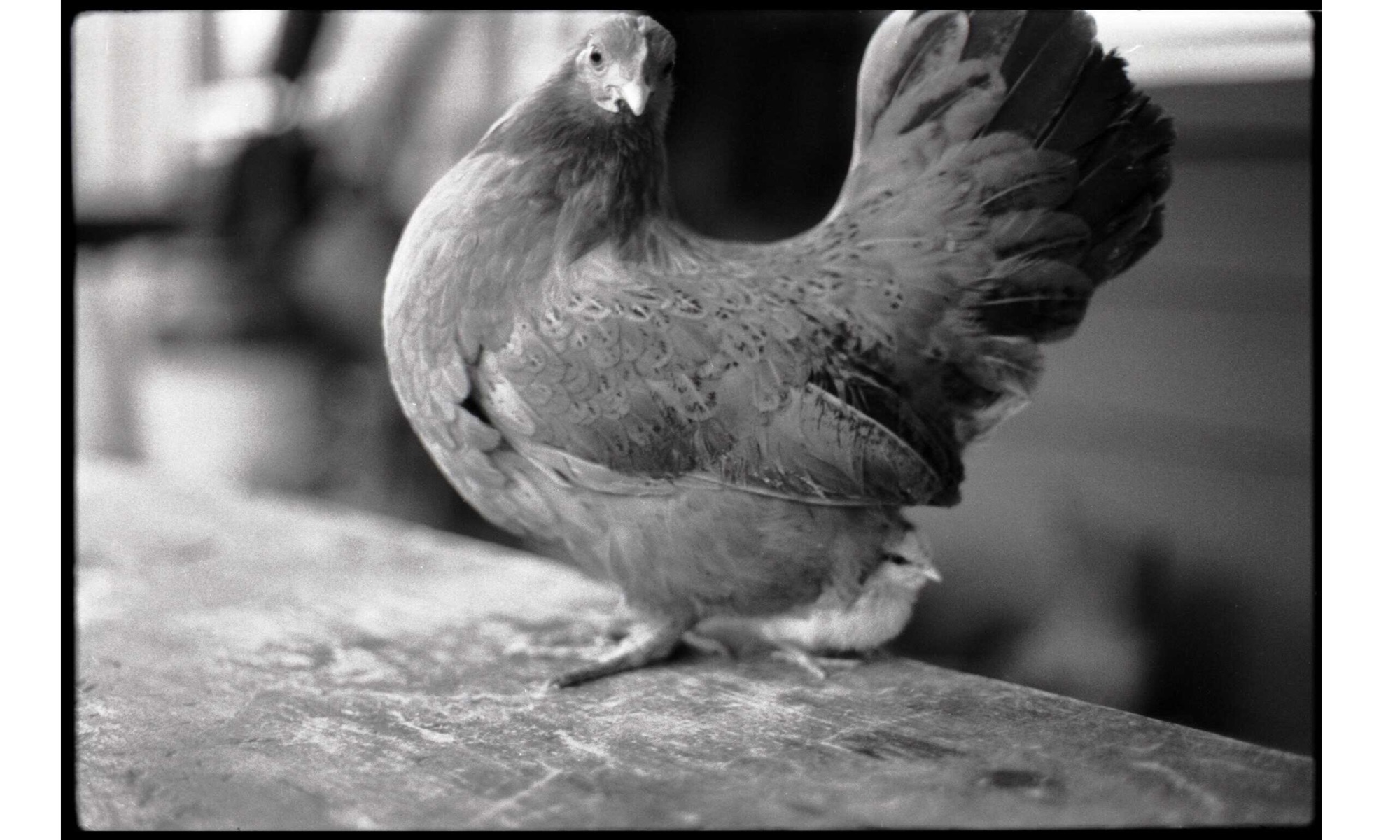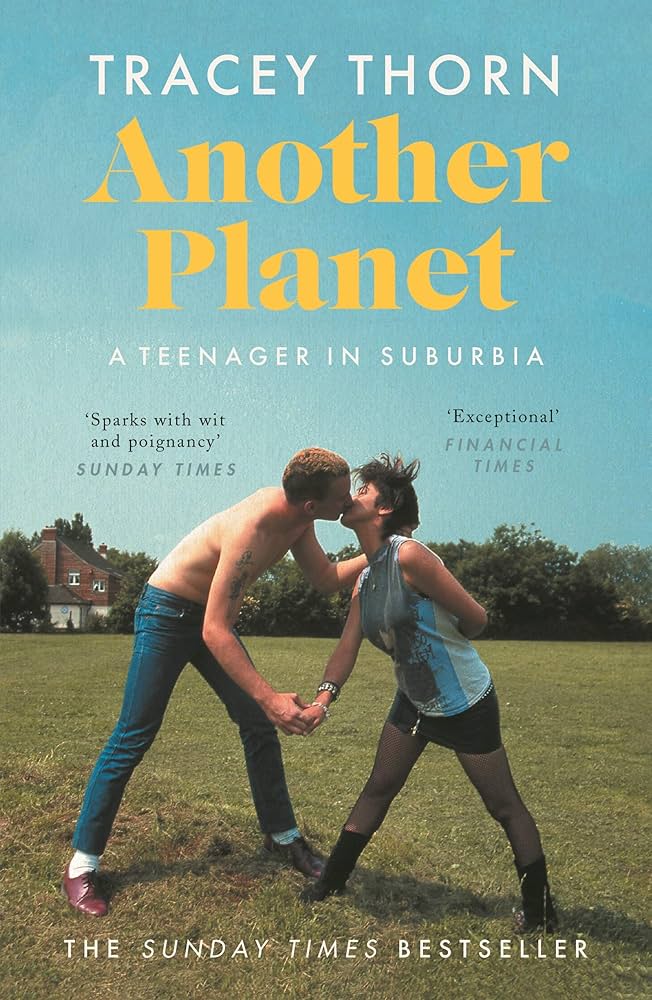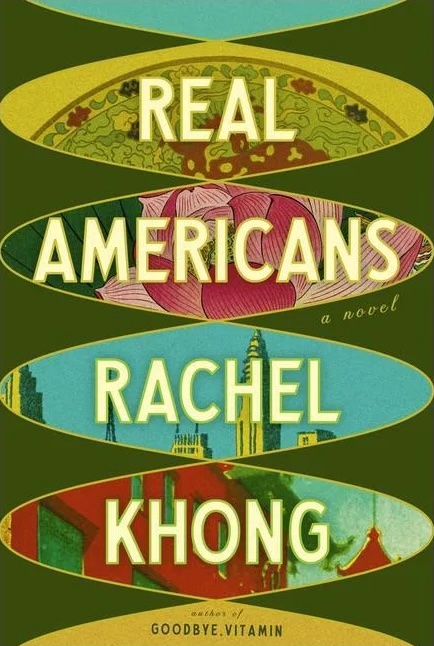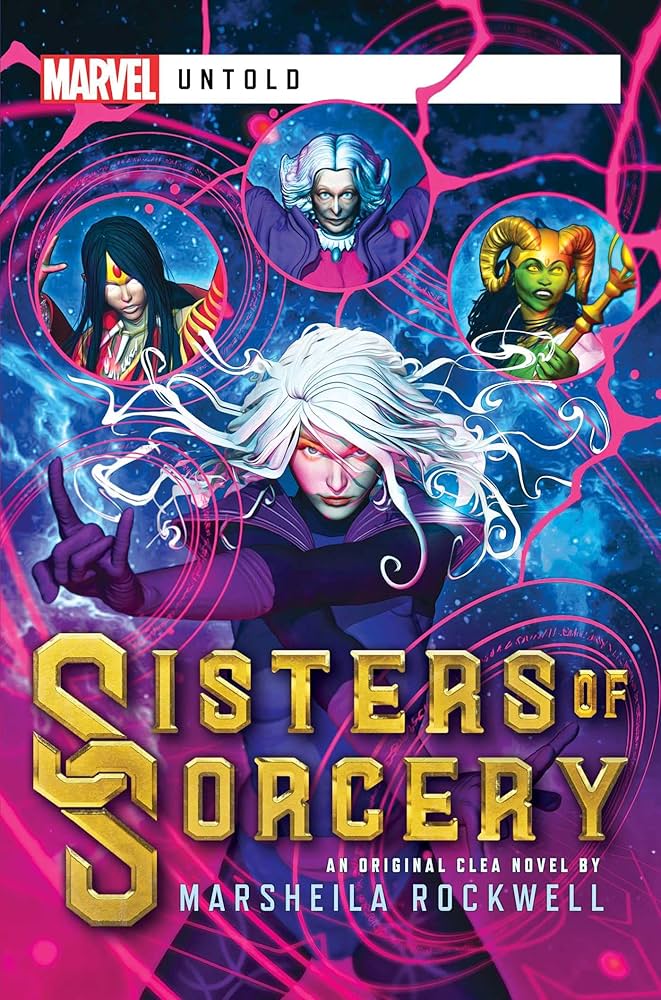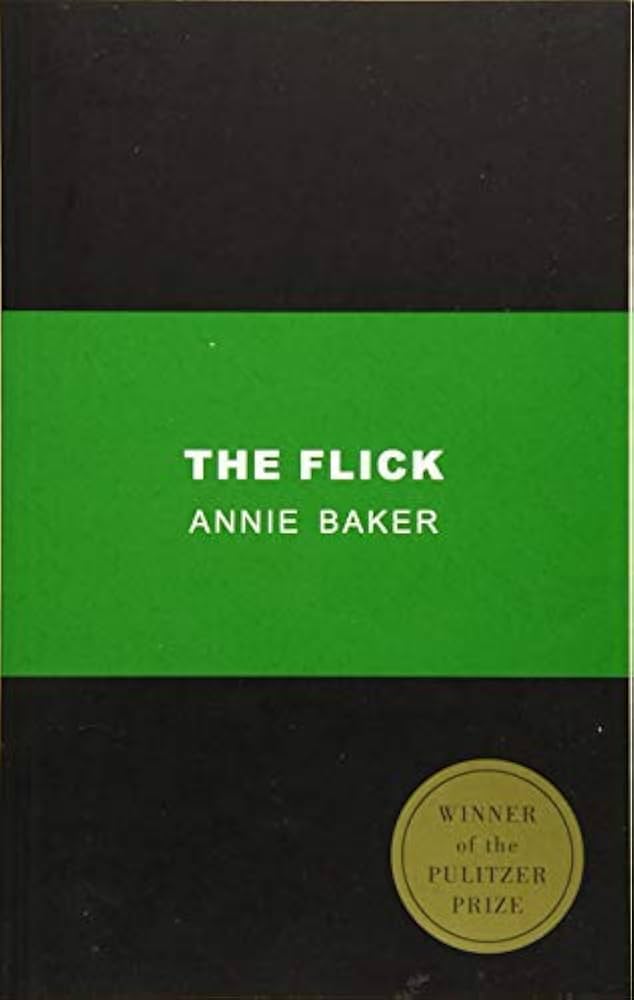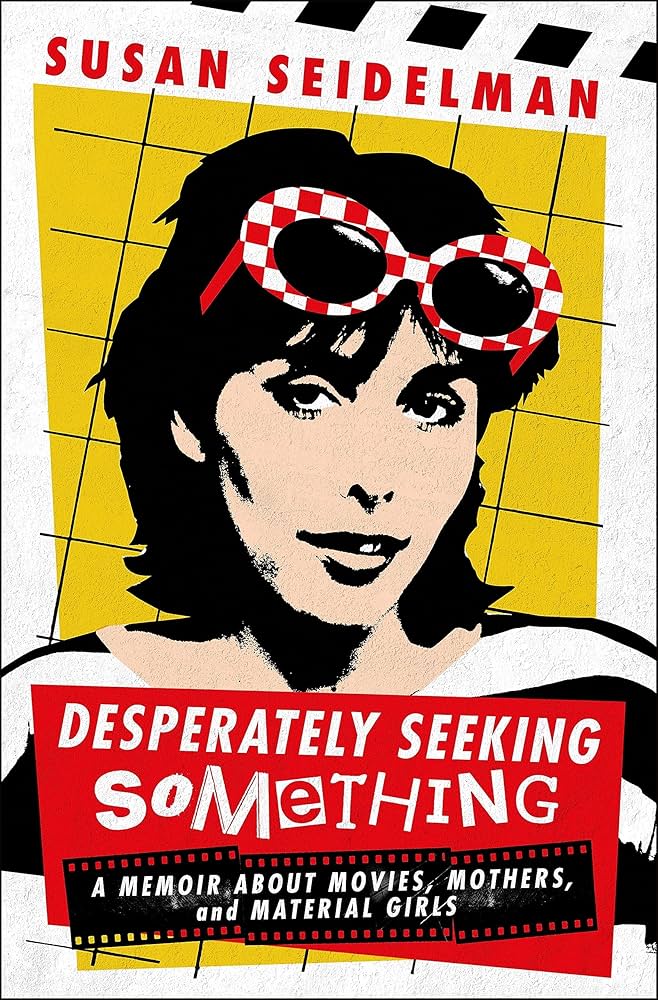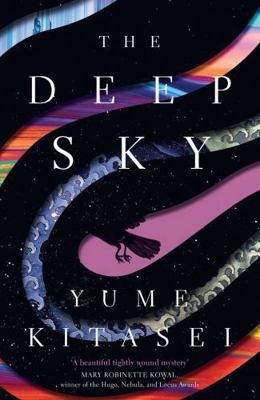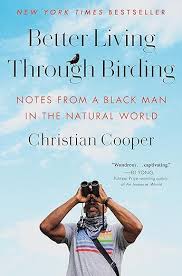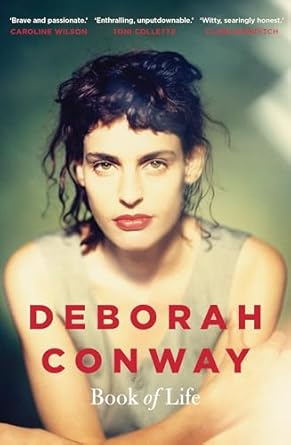Almost to the top — and in after a brief anomaly in 2023 where two of my top 3 books were non-fiction (and both Tracey Thorn memoirs to boot) we are back to the standard top books being fiction. What is interesting, perhaps is the fact that all three of my top books of 2024 are written by authors that I am reading for the first time. The authors of my #’s 2 & 3 book of the year were both born outside of the U.S. (where my #2 author still lives). They are all quite different, which is fun, and other than the fact that all three were written by women, I can’t really draw any parallels between them!
#3 – All This Could Be Different by Sarah Thankam Mathews (2022)
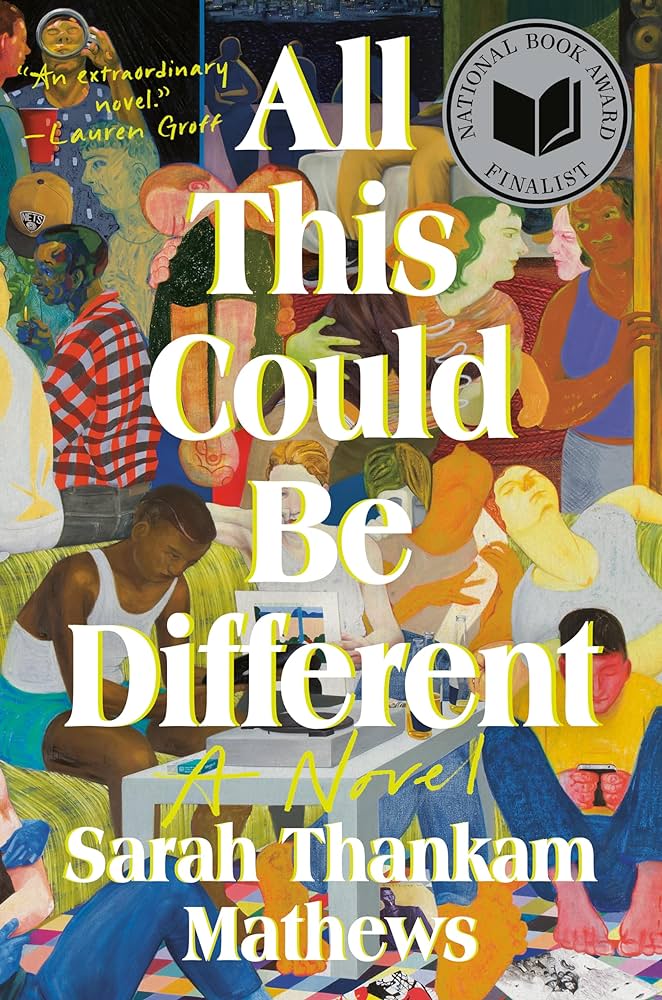
Set in Milwaukee, Sarah Thankam Mathews’ debut novel explores the life of twenty-two year old Shena, Indian-born, who came to America with her family as a child. When upsetting circumstances force her parents to return home, Sneha forms her own life in America, snagging a successful job as a consultant right out of college during a recession, and exploring her new home in Milwaukee. She chases women, hangs out with friends, and develops an unexpected crush on a dancer named Marina.
Written in bold, fresh prose, Mathews explores so many issues, from childhood trauma, to the unexpected impact the recession has on a successful young woman, and how quickly someones life can change. While this novel sets the reader up to become invested in the potential romantic relationship between Sneha and Marina, I was profoundly moved by how the ultimate central theme emerged as friendship, and the importance of the bonds we make with our closest friends.
#2 – What You Are Looking For is in the Library by Michiko Aoyama
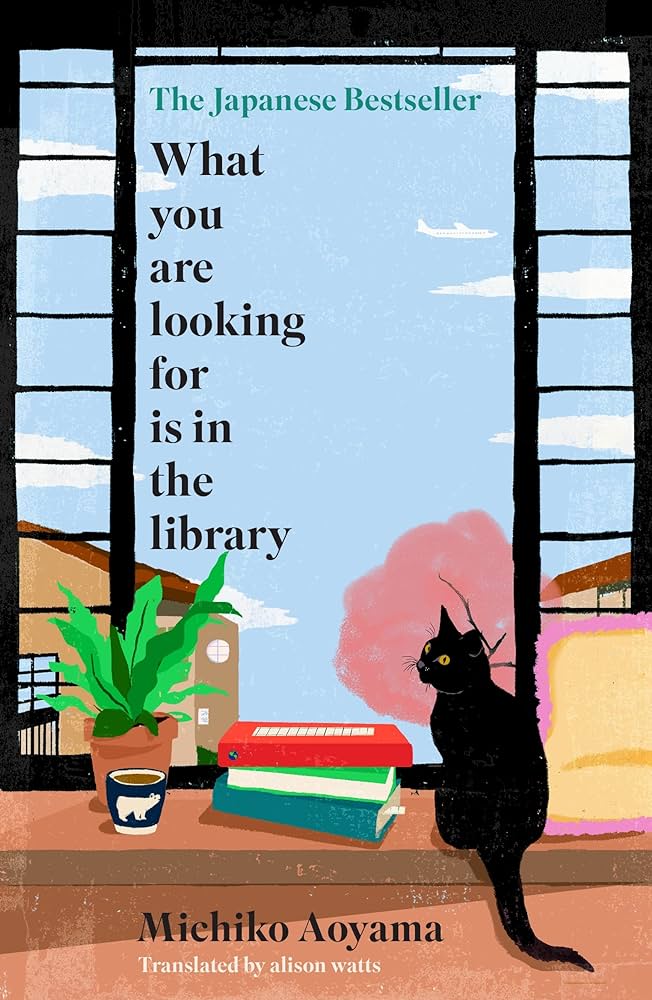
A lovely collection of intertwining stories about a group of unrelated folks who are at a crossroads in their lives who find subtle direction from an unusual librarian at the community library. The characters are from a variety of backgrounds, all at different points in their lives, who lack purpose, or who are dissatisfied with their lives. Author Michiko Aoyama beautifully tells their stories without melodrama or heavy-handedness to develop moving portraits of finding purpose and satisfaction with ones life.
Apparently there is a subgenre of novels in Japan featuring libraries and cats, of which this book falls. While definitely filled with charm and a dose of sweetness, Aoyama ably skirts anything that could be considered cloying, deftly examining the inner lives of her protagonists. Also, a brisk, quick read that makes you feel good.
